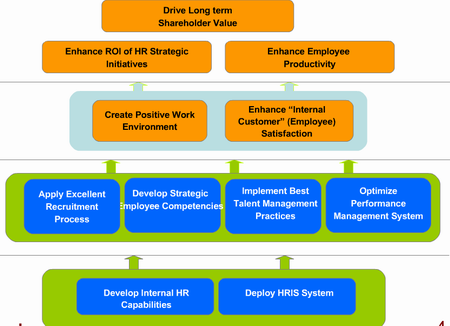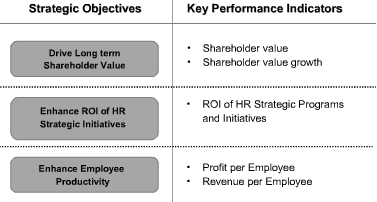What is the key to efficient introduction and use of human resource metrics? Unfortunately, this question is not considered by lots of organizations that think about measuring the performance of the HR department. Meanwhile, it matters greatly, since it affects not only the choice of the best metrics, but also the costs and other problems associated with this process. Experts underline that the key to proper and accurate use of metrics is timely and correct identification of those factors that have to be measured in the first place.

A human resource metric is nothing more than just a tool of tracking and measuring performance indicators. Metrics utilized by the human resource department help track the productivity and performance of the largest and the most meaningful investment of any company – its human capital. To be precise, human resource metrics are applied to analyze and measure the efficacy of a company’s financial investment in hiring, recruiting, retaining and training of its personnel.

So, what do human resource metrics actually measure? As far as they are generally linked to a company’s most significant business issues, they may help improve the rate of customer satisfaction, realize the impact of cutting the expense and define the effect of newly introduced technologies. If designed and introduced correctly, they can reveal the causal relationships that affect the overall business performance.
There is something any HR specialist can do to improve the trustworthiness and value of human resource metrics you plan to implement. Thus, you can use special formulas and ratios that are typically applied in the analysis of other segments of your business. For instance, return on investment (ROI) is one of the commonly valued and applied metrics. As far as investing in human assets is often considered the most meaningful aim of any company, HR experts should try their best effort to define where exactly the allocation of human resources will provide the maximization of investment associated with hiring and retaining of the personnel in order to meet both short- and long-term business objectives.
Efficient HR metrics help managers of a company adopt right decisions based on certain facts. Thus, the rate of turnover indicates the number of employees that leave the organization during a particular time interval. The actual purpose of this metric, however, is to reveal the costs related to hiring, recruiting and training of new personnel. That is why this metric helps understand other reasons that are hidden behind the rate of turnover. As a result, this makes it easier to undertake measures meant to increase the workforce retention. The same benefits are associated with other metrics as well, so choose them responsibly.